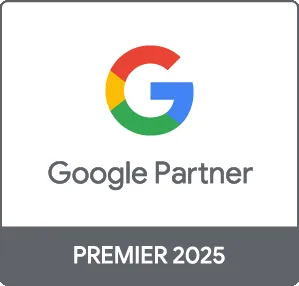Understanding Online Advertising Strategies
Your online advertising strategy is crucial for driving traffic and conversions. In South Africa, where digital penetration is rapidly increasing, businesses must create tailored advertising strategies to reach their target audience effectively. This guide provides insights into developing a robust online advertising strategy suitable for various sectors.
The Importance of an Effective Online Advertising Strategy
Given these statistics, a well-thought-out online advertising strategy is not just beneficial; it’s essential for survival in a competitive marketplace.
Key Components of an Online Advertising Strategy
- Target Audience Identification: Understand who your customers are, their online behavior, and preferences.
- Choosing the Right Advertising Platforms: Depending on your target audience, select platforms like Google Ads, Facebook, or LinkedIn.
- Budget Planning: Allocate a budget that maximizes visibility without overstretching your resources.
- Ad Content Creation: Create compelling advertisements that resonate with your audience.
- Performance Tracking and Optimization: Regularly review ad performance to optimize campaigns.
Developing Your Online Advertising Strategy
Step 1: Define Your Objectives
Establish what you want to achieve. This could vary from increasing brand awareness to driving sales or generating leads.
Step 2: Know Your Customers
Research demographic data, interests, and purchasing behavior to define your target segments.
Step 3: Selecting Advertising Channels
Choose the platforms best suited to your audience:
| Platform | Best For | Cost-Effectiveness |
|---|---|---|
| Google Ads | Direct Search Traffic | High ROI if targeted correctly |
| Facebook Ads | Brand Awareness | Affordable for small businesses |
| Instagram Ads | Visual Branding | Cost-efficient for lifestyle and fashion brands |
| LinkedIn Ads | B2B Focused | Higher cost, but targeted |
Step 4: Crafting Your Messages
Your ad copy must be engaging and tailored to your audience’s interests. Highlight unique selling points (USPs) and include a clear call to action (CTA).
Step 5: Implementing Your Strategy
Launch your advertising campaigns systematically across the chosen channels and monitor their performance closely.
Monitoring and Optimization
Once your campaigns are live, use analytics to track their effectiveness over time.
Key Metrics to Monitor
- Click-Through Rate (CTR): Indicates how many people are clicking on your ad.
- Conversion Rate: Shows the percentage of clicks that result in desired actions.
- Return on Ad Spend (ROAS): Measures the revenue generated for every rand spent on advertising.
Conclusion
Crafting an effective online advertising strategy can significantly enhance your brand’s visibility and revenue in South Africa’s ever-evolving digital landscape. By paying close attention to your audience, choosing the right platforms, and continuously optimizing your campaigns, your business can achieve remarkable growth.





